
This bin is straight out of THE HUMANURE HANDBOOK. It's 15' across, 5' deep, with three separate chambers, the outside ones being for compost, and the middle for cover materials, like straw.
The first and most important step with any structure, no matter how small, is how you site it. The only thing you can't change about a structure once it's up is its location.
I originally thought of putting the compost bin beside the pumphouse, so that it would be close for food scraps and bucket waste and watering, and get some shade under our biggest oak. But my wife thought it should be further away from high-use areas, and I eventually agreed. I moved the site to over behind the garden, under an oak, but a younger more spindly one. I wanted a tree nearby to give some shade, so the sun wouldn't suck all the moisture out of it. For proper decomposition of materials in your compost bin, you need adequate moisture.
I wanted the bin near the garden of course so that when the compost is ready, we don't have far to go. Eliot Coleman in FOUR-SEASON HARVEST recommends siting the compost bin under an oak, but at least six feet away from it, so there's no migration of insects from the bin to the tree, possibly injuring it. And considering the nutrients that will leach down out of the bin, plus excess moisture, the oak behind it should thrive and possibly grow into a grand old tree.
Once I decided exactly where I wanted the bin, I took measurements and drove in temporary stakes where the posts will go. One by one I then started removing the stakes and replacing them with posts. I rummaged through my wood pile for posts, and found enough thick charred 4x4 material that would work. I sawed them by hand. I was careful to avoid using any pressure treated wood. The author of THE HUMANURE HANDBOOK is pretty adament about that. Why mix all those deadly poisons in with your fertilizer, to ultimately become part of your food? I also used some thick rough sawn 2x boards for the inner posts. Here are the first posts put in, between the oak and the garden, with a shaft of sunlight, and the old rusted lawnmower to the left:
 Whenever you plant a post it's important to dig down at least 2' if possible. Since these posts weren't treated, I filled the holes back up with mostly gravel, and just used dirt to tamp everything down hard to hold the posts in place. The gravel allows moisture to drain down and away from the wood, to keep it from rotting.
Whenever you plant a post it's important to dig down at least 2' if possible. Since these posts weren't treated, I filled the holes back up with mostly gravel, and just used dirt to tamp everything down hard to hold the posts in place. The gravel allows moisture to drain down and away from the wood, to keep it from rotting.Here are the first boards going in:
 I'm using the old barn lumber. It's green wood, rough sawn, not kiln dried. I try to stagger the 10' lengths of board to hold everything together tightly. My father gave me an old Black & Decker circular saw but I think its days are over. It makes a terrible din, I think the bearings are bad, and the blade binds up continuously when I try to cut. I'm sure it doesn't help that the wood is slightly damp.
I'm using the old barn lumber. It's green wood, rough sawn, not kiln dried. I try to stagger the 10' lengths of board to hold everything together tightly. My father gave me an old Black & Decker circular saw but I think its days are over. It makes a terrible din, I think the bearings are bad, and the blade binds up continuously when I try to cut. I'm sure it doesn't help that the wood is slightly damp.My daughters help hold the boards in place as I nail them in by hand. I don't have a framing gun. I'm using huge 16d nails that we gathered from the burn site. A lot of them bend, but I can usually eventually get them in. They'll hold very well. I use a few galvanized screws also, that I got out of the old decking that was left. Ideally I like to use enough screws for everything to have a good hold, maybe one screw per post, and for the rest big nails.
Here's a shot from another angle:
 I love the weathered look of the boards. And that they're green and nontoxic. You can see slight cracks between the boards also, which will allow everything to breathe.
I love the weathered look of the boards. And that they're green and nontoxic. You can see slight cracks between the boards also, which will allow everything to breathe.I just go on putting up board after board, until it's finished. I use a 4' level to get everything level and plumb. I make one slight modification from the original drawing in THE HUMANURE HANDBOOK. I make the center bin the smallest, the outside bins larger, so that there's more room for the compost to cure. I'm not worried about the center bin - I haven't even been able to get ahold of any straw bales yet.
Here it's done:
 Now the next step is to build the toilet. It's essentially a collection device for the bin. I'd gotten a sheet of 1/2" plywood at Home Depot, and I take half of this and cut out the pieces for the toilet. I'd also gotten a toilet seat. My saw is a nightmare, with constant binding up and kickback. I have to go back into town and get a new circular saw, a Skil, for $40. This works much better, though plywood is never easy to cut. I screw everything together with drywall screws. It's a crude job, but it looks fine. The pattern comes from the THE HUMANURE HANDBOOK. It's the one for the box toilet. This is it:
Now the next step is to build the toilet. It's essentially a collection device for the bin. I'd gotten a sheet of 1/2" plywood at Home Depot, and I take half of this and cut out the pieces for the toilet. I'd also gotten a toilet seat. My saw is a nightmare, with constant binding up and kickback. I have to go back into town and get a new circular saw, a Skil, for $40. This works much better, though plywood is never easy to cut. I screw everything together with drywall screws. It's a crude job, but it looks fine. The pattern comes from the THE HUMANURE HANDBOOK. It's the one for the box toilet. This is it: The toilet seat clamps down right over the lip of the bucket. You just turn the knobs out on the underside of the seat to get it to fit right. Here's a shot inside the toilet, with a new bucket and it's bottom layer of peat moss:
The toilet seat clamps down right over the lip of the bucket. You just turn the knobs out on the underside of the seat to get it to fit right. Here's a shot inside the toilet, with a new bucket and it's bottom layer of peat moss: Pretty simple. I'll have to get sawdust soon, because this peat moss is expensve - it's $10 a bag. And trucked down from Canada.
Pretty simple. I'll have to get sawdust soon, because this peat moss is expensve - it's $10 a bag. And trucked down from Canada.We already have a full bucket I need to take out to the bin, but I still don't have any straw to use as a cover material. I look all over the property, and decide to pull up some sod from the barn and use that. It's not ideal, but it's what I have at the moment:








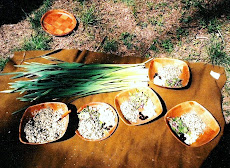









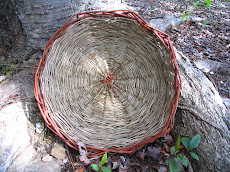



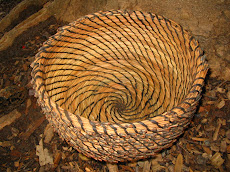



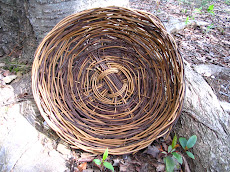

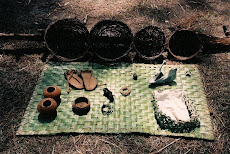


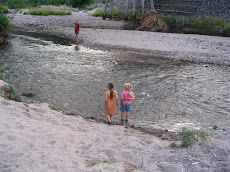

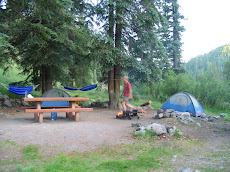


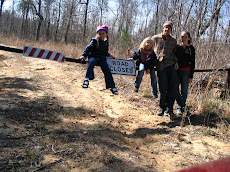

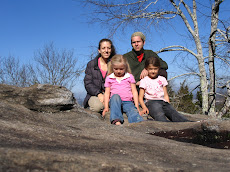




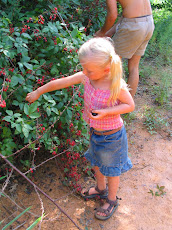
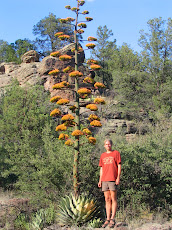






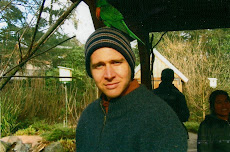
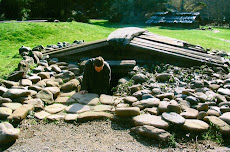

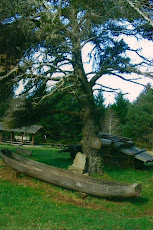



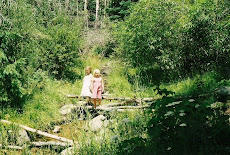
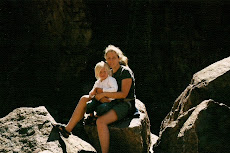
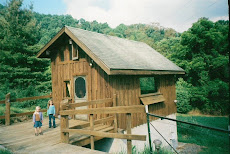


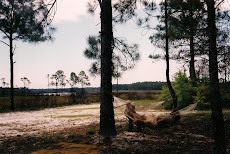

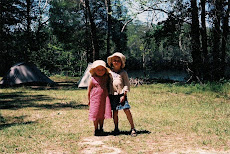.jpg)

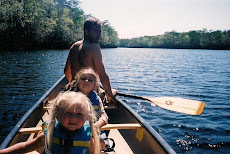.jpg)

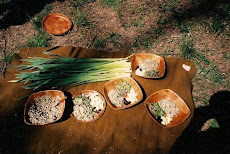
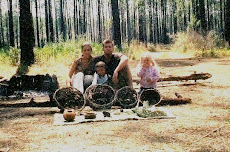
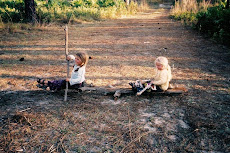.jpg)

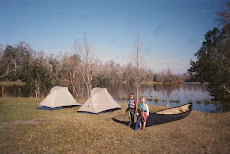

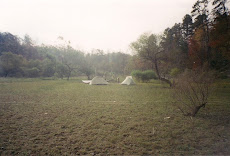
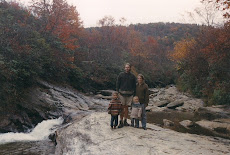
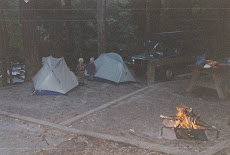


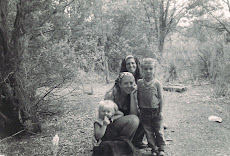.jpg)
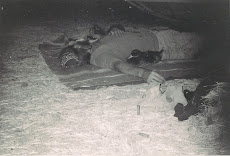.jpg)
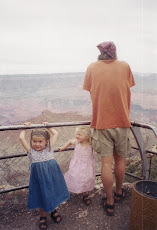
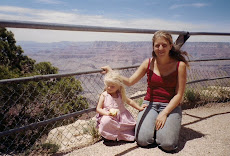.jpg)
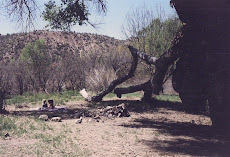.jpg)
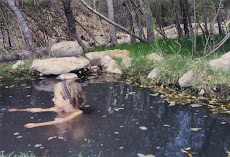
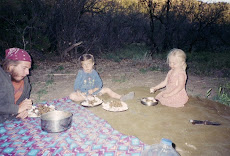.jpg)
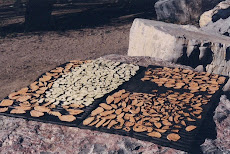
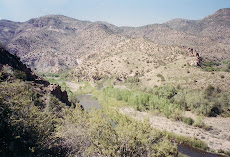.jpg)


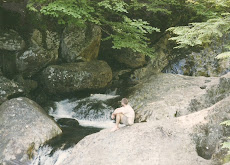

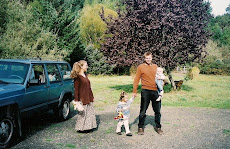
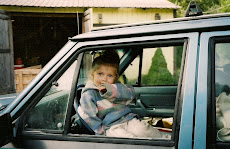




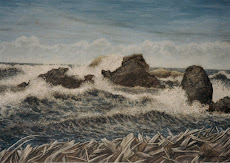




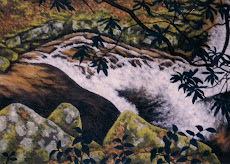






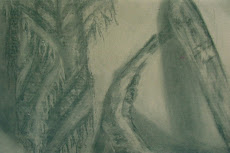

No comments:
Post a Comment